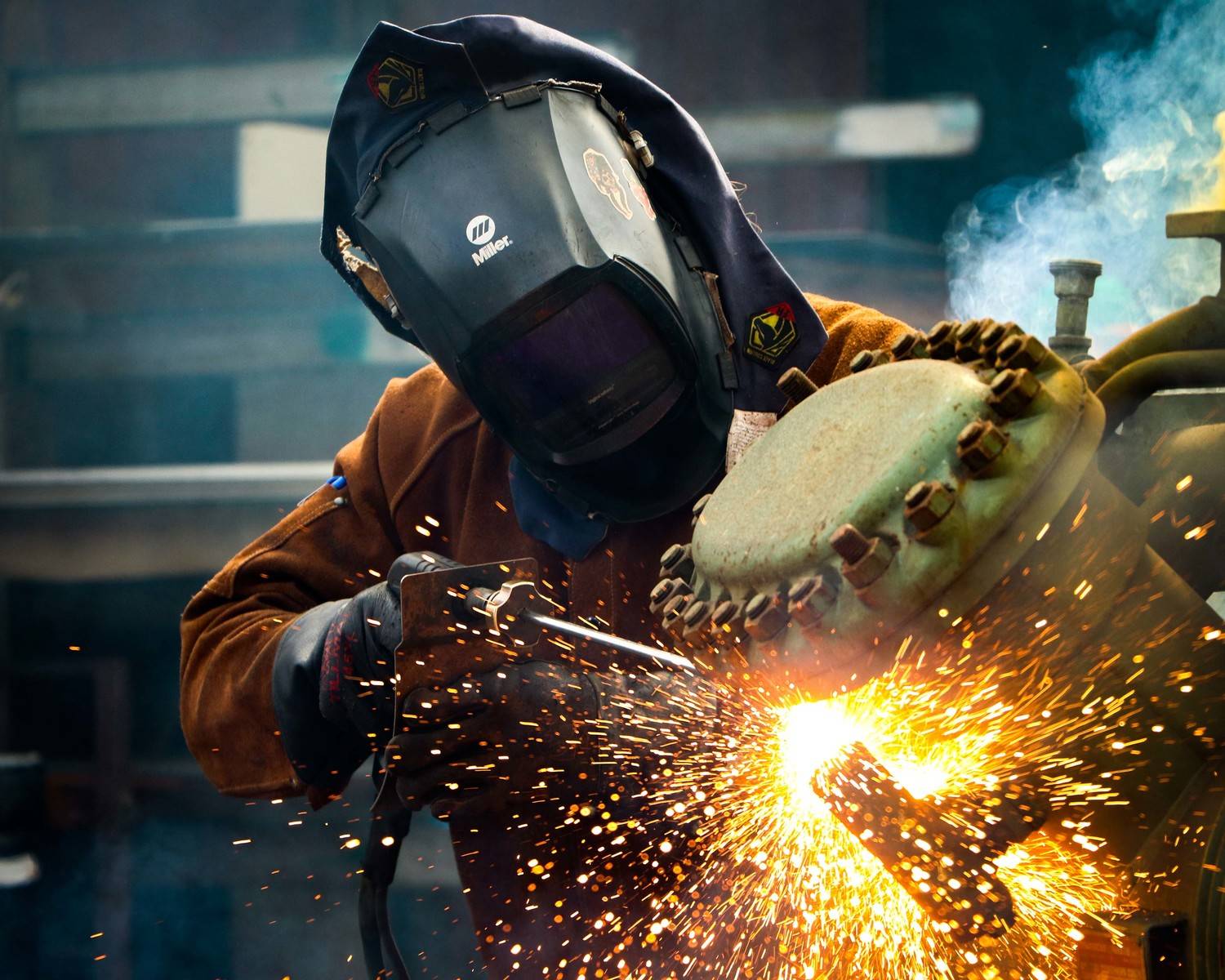Bonding WPS for Beginners: Getting Started with Welding Procedure Requirements
Bonding WPS for Beginners: Getting Started with Welding Procedure Requirements
Blog Article
The Ultimate Overview to Welding WPS Procedures: A Thorough Review for Welders
In the complex globe of welding, Welding Treatment Specs (WPS) offer as the backbone of ensuring quality, consistency, and safety in welding procedures (welding WPS). As we delve right into the various parts of a WPS and explore the ins and outs of credentials and qualification, we will certainly reveal the crucial role these procedures play in the world of welding.
Value of WPS Procedures
Comprehending the importance of Welding Procedure Specifications (WPS) treatments is important for guaranteeing the quality and honesty of bonded structures. WPS treatments serve as a roadmap for welders, outlining the necessary actions, parameters, and products required to accomplish an audio weld. By adhering to WPS standards, welders can guarantee uniformity in their work, leading to reliable and structurally audio welds.
One of the key reasons why WPS treatments are vital is their duty in maintaining weld quality and stability. Adhering to the defined welding parameters and techniques detailed in the WPS assists protect against defects such as porosity, breaking, or incomplete combination, which can endanger the toughness and toughness of the weld.

Components of a WPS
A Welding Treatment Spec (WPS) usually makes up essential parts that information the particular needs for carrying out a weld, making certain consistency and top quality in the welding process. The key parts of a WPS include essential variables such as base steels, filler metals, interpass and preheat temperatures, welding procedures, protecting gases, welding placements, and post-weld warm treatment requirements.
Base steels refer to the products being signed up with, while filler metals are used to fill up the space in between the base steels throughout welding. The welding process describes the certain strategy to be made use of, whether it's gas metal arc welding (GMAW), shielded metal arc welding (SMAW), or one more technique. Welding settings specify the alignments in which welding can be performed.

Credentials and Certification
Having established the important elements of a Welding Treatment Spec (WPS), the focus now moves towards the vital facets of credentials and qualification in welding techniques.

Certification, on the various other hand, is the official recognition of a welder's certifications by a pertinent accreditation body or company. Welding qualifications are generally based upon the details welding processes, materials, and placements a welder is qualified to deal with. Holding a legitimate welding accreditation shows that a welder meets market criteria and is skilled to do welding tasks to the required specifications.
Producing a WPS
To create a Welding Treatment Specification (WPS) that meets sector criteria, careful consideration of welding processes, materials, and operational specifications is crucial (welding WPS). The first step in developing a WPS is to recognize the welding process to be made use of, such as gas metal arc welding (GMAW) or shielded steel arc welding (SMAW) Once the welding process is determined, the next important element is picking the ideal materials, considering elements like base metal type, thickness, and joint design. Operational specifications such as welding existing, voltage, traveling more tips here rate, and securing gas make-up need to additionally be diligently specified in the WPS.

Applying and Monitoring WPS
Upon wrapping up the thorough Welding Treatment Specification (WPS) that diligently details welding procedures, materials, functional parameters, and top quality assurance actions, the focus changes to effectively applying and keeping track of the well-known procedures. Execution involves making sure that all welders involved in the job are acquainted with the WPS and follow it meticulously throughout the welding navigate to this website procedure. Effective application and surveillance of the WPS are essential for making certain the integrity, stamina, and safety and security of the bonded joints, eventually contributing to the total success of the welding project.
Conclusion
In conclusion, understanding and complying with Welding Treatment Specifications (WPS) is vital for welders to make certain quality, consistency, and security in their job. By knowing the components of a WPS, obtaining correct qualifications and accreditations, developing in-depth treatments, and executing and checking them properly, welders can improve their abilities and proficiency in welding methods. Complying with WPS procedures is crucial for producing premium welds and conference market standards.
In the detailed world of welding, Welding Procedure Requirements (WPS) offer as the backbone of ensuring top quality, uniformity, and safety in welding operations. The welding process outlines the details method to be utilized, whether it's gas metal arc welding (GMAW), secured steel arc welding (SMAW), or another technique.To establish a Welding Procedure Requirements (WPS) that meets industry standards, careful consideration of welding procedures, materials, and functional specifications is necessary. The first action in creating a WPS is to determine the welding process to be used, such as gas metal arc welding (GMAW) or protected steel arc welding (SMAW)Upon wrapping up the detailed Welding Procedure Requirements (WPS) have a peek at this site that thoroughly details welding processes, products, functional parameters, and high quality guarantee procedures, the emphasis changes to successfully applying and monitoring the well-known treatments.
Report this page